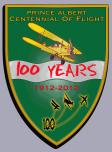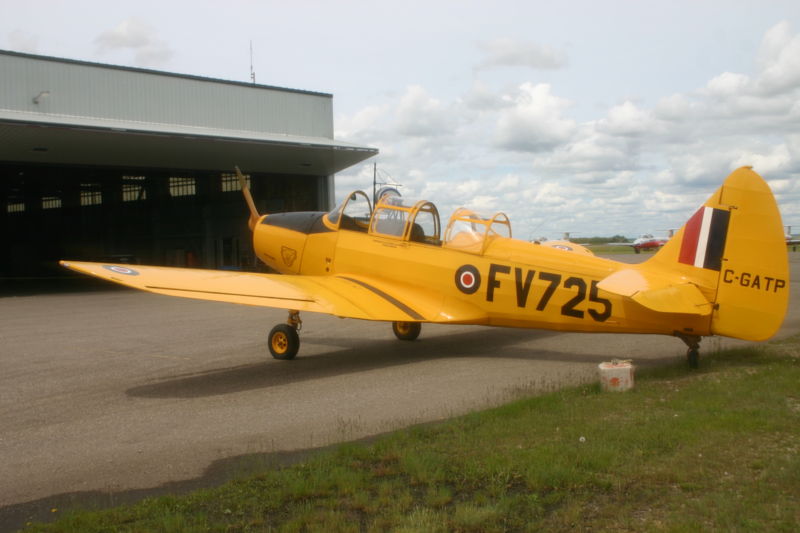

Specifications
Engine:200 hp Ranger 6-440-C5 6 cylinder inline; inverted
Wingspan:37 feet




 Length:28 feet 8 inches
Length:28 feet 8 inches
Wing area:200 square feet


 Maximum speed:122 miles per hour
Maximum speed:122 miles per hour
 Cruising speed:101 miles per hour
Cruising speed:101 miles per hour
 Service ceiling:13 200 feet
Service ceiling:13 200 feet
Rate of climb:645 feet per minute
Maximum weight:2800 pounds

 Empty weight: 2022 pounds
Empty weight: 2022 pounds
Fairchild FT-26A
Cornell
In the spring of 1941, the Fairchild Cornell was selected to replace the aging de Havilland Tiger Moths and Fleet Fawns and Finches and become the primary RCAF trainer used under the British Commonwealth Air Training Plan.
A total of 1642 were constructed in Canada by Fleet of Fort Erie, Ontario.
The prototype Fleet-built Cornell flew in July, 1942.
The fuselage consists of a fabric covered steel tube framework. Wings were manufactured in three sections with a wooden spruce spar and rib structure. The ribs were of the Warren truss type with spruce cap strips and bracing. They were covered with mahogany plywood, as were the horizontal and vertical stabilizers. All the control surfaces were fabric covered over a metal structure. The under carriage was non-retractable.
On warm days at some high-altitude training schools the Cornell's performance was less than adequate with long takeoff runs being required. During 1943 a wing-structure problem required reinforcement of the centre-section main spar. However, the aircraft was generally well liked and remained in service with the Royal Canadian Air Force until replaced by the de Havilland Chipmunk in 1948.

Sponsored By: